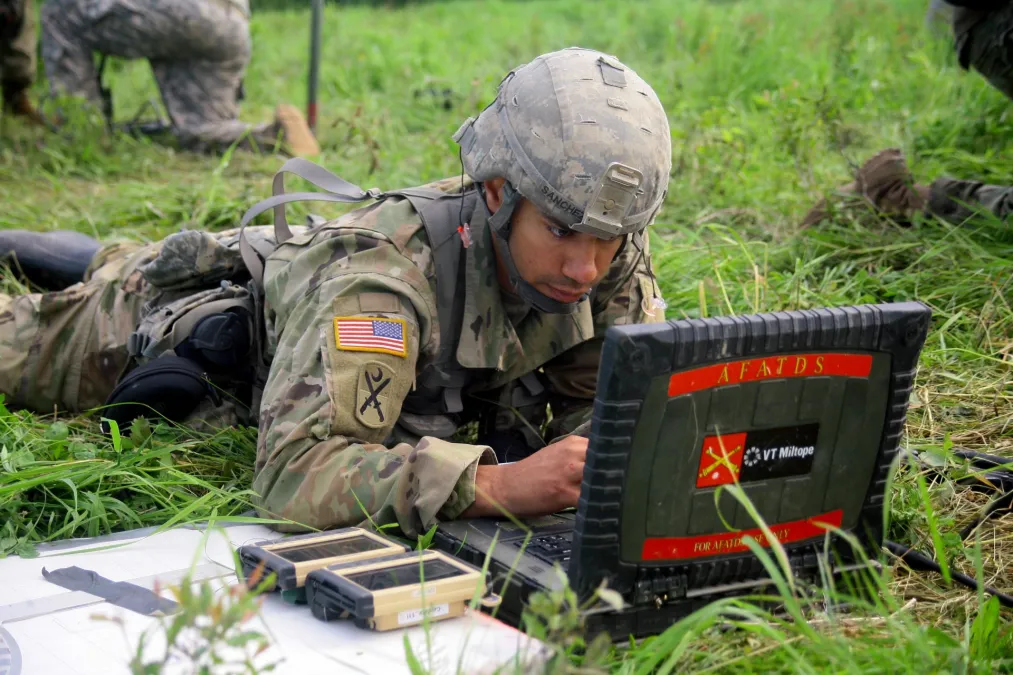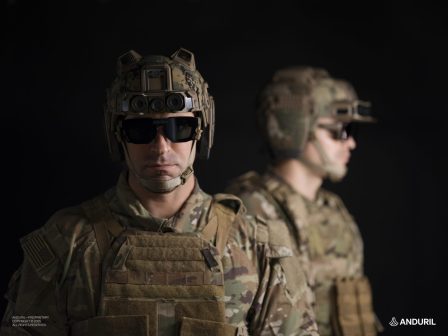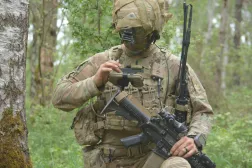Edge compute-as-a-service? The Army is curious

PHILADELPHIA — After the Army’s network portfolio has dipped its toe in the water on two as-as-service models, it could be settings its sights next on applying the concept to edge computing, according to a top official.
As-a-service models are growing more attractive to the Army given the flexibility they provide. The department last year issued awards to two companies under a pilot effort for SATCOM-as-a-managed-service to help inform a potential way ahead and possibly broader strategy for as-a-service models. It’s also just beginning to kick off a radio-as-a-service pilot.
The Army is now thinking about the prospect of a compute-as-a-service effort as its next endeavor.
“Where we’re looking next with industry is a compute-as-a-service model,” Mark Kitz, program executive officer for command, control and communications-tactical, told DefenseScoop during an interview at the Army’s Technical Exchange Meeting in Philadelphia May 29. “Especially when you look at how fast industry moves in terms of size, in terms of compute power, we want to get to when you employ you get the best, smallest, fastest, easiest way to employ compute.”
The Army and industry have to deliver lightweight and decomposed applications that have the agnostic capability to go with that compute, he noted, adding that those go hand-in-hand and officials want to kick things off around the 2025-2026 time frame.
The department is continuing to learn about the as-as-service model as it progresses with various pilot efforts.
“There’s a tradeoff. I think there’s the obvious knee in the curve in terms of cost. If you’re not using, you’re not paying for it, and that that seems to be an obvious business relationship the Army wants to be in,” he said. “The trade then is we’re relying on an industry partner to deliver something. Somebody who’s not wearing a uniform now is delivering it, training it, sometimes even setting it up in theater … There’s trades to be had and lessons to be learned about what is the risk in terms of on demand, how quickly we can deliver on demand and what is the role of that contractor when they deliver.”
The key requirement the Army has when it comes to providing capabilities in an as-a-service manner is when there’s demand, forces must be able to receive the capabilities they need.
“Can you, on demand, surge capability for SATCOM and can we deliver it in a timely way and is it financially viable for the two of us? … Can we do it at scale? What is the scale? Because I don’t think the Army is going to walk away from having organic kit altogether. What is the right balance of what’s on demand versus what is organic capability?” Kitz said. “Trying to find that balance between the G6 and FORSCOM and the enabled units is where we’re going next.”
Officials have seen a lot of success with the SATCOM pilot, Kitz noted, and the two companies involved have proven they can build capacity and deliver on demand.
The Army is still learning when it comes to radio-as-a-service, having just kicked off that pilot effort. Unlike SATCOM, there is less commercial viability for military-specific radios with military-specific waveforms, which presents challenges regarding industry’s return on investment.
But one thing is clear: an on-demand model for radios seems to be the best approach, according to officials.
“I’ve been in a lot of units where there’s a lot of radios that aren’t getting used. An on-demand model for radios just seems to make sense. Now, we have to get to a positive business relationship with industry and understand what the balance is,” Kitz added. “I think there’s certainly a delicate dance happening now and what that would look like.”






